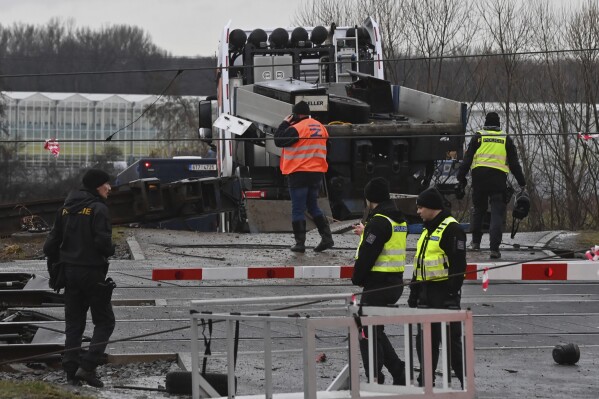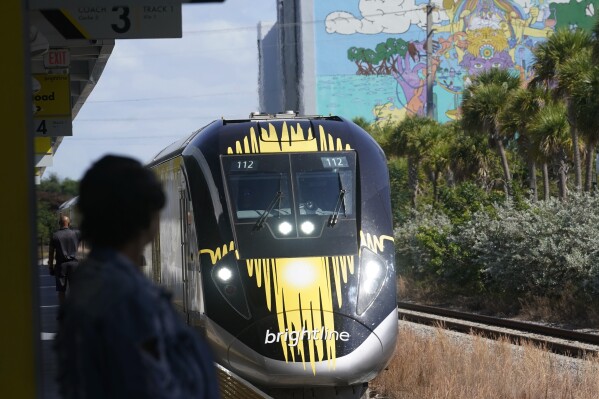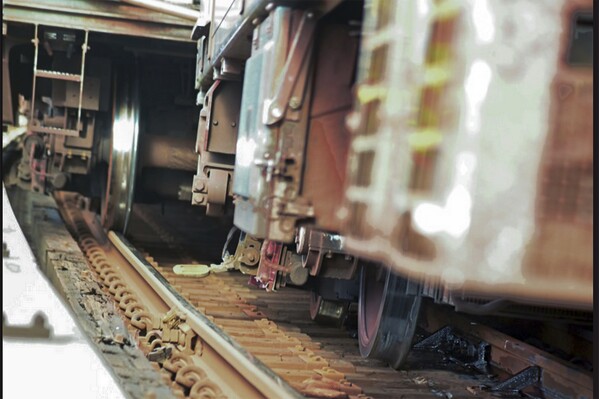Radio communication problem preceded NYC subway crash that injured 25, federal report says
NEW YORK (AP) — A worker guiding an out-of-service New York City subway train that collided with another earlier this month says he lost radio contact with the driver before the crash and a message to stop at a red light was not received, according to a new federal report.
The communication breakdown came before the out-of-service train crashed at low speed with another 1 train near the 96th Street station on Manhattan’s Upper West Side, derailing both and leaving around 25 people with minor injuries, according to the National Transportation Safety Board’s preliminary report into the Jan. 4 incident.
The report, released Thursday, doesn’t identify the cause of the crash, but lays out the events leading up to it. The federal investigation is still ongoing.
About an hour before the collision, a passenger on the train had pulled the emergency brake cords on its first five railcars. Workers were unable to reset the brakes, so it was taken out of service and the brakes in those cars were disabled so it could be moved to a railyard for repairs, the report says.



An operator had to drive the train from the sixth carriage, with another worker in the front car radioing through instructions. But the worker in the front told investigators he lost radio communications near the 96th Street stop, and the operator never received a message to stop at a red signal at the end of the platform, the report says.
The tracks were equipped with “trip-stops,” which are supposed to activate a train’s emergency brakes in such a scenario, but the system didn’t work because of the five cars that had been disabled, the report said.
Richard Davey, president of New York City transit for the Metropolitan Transportation Authority, said at a press briefing Thursday that tests found both workers’ radios were working, though it’s unclear if they were on or off at the time.
“It could have been a radio issue, for example. I mean there are multiple channels, that’s another question, were they on the same channel, for example? Davey said. “So I think we need to continue look at those as possibilities.”
Davey added that one worker operating a train with disabled brakes from the center, with another guiding from the front, is “not uncommon” and happens 10 to 12 times a week without incident. But he said the agency would look at whether there are changes that could be made to ensure there isn’t another crash.
“We’re also going to look at procedures and process. So this is not just about an individual, two individuals, who may or may not have followed process and protocol,” he said.
Disclaimer: The copyright of this article belongs to the original author. Reposting this article is solely for the purpose of information dissemination and does not constitute any investment advice. If there is any infringement, please contact us immediately. We will make corrections or deletions as necessary. Thank you.





